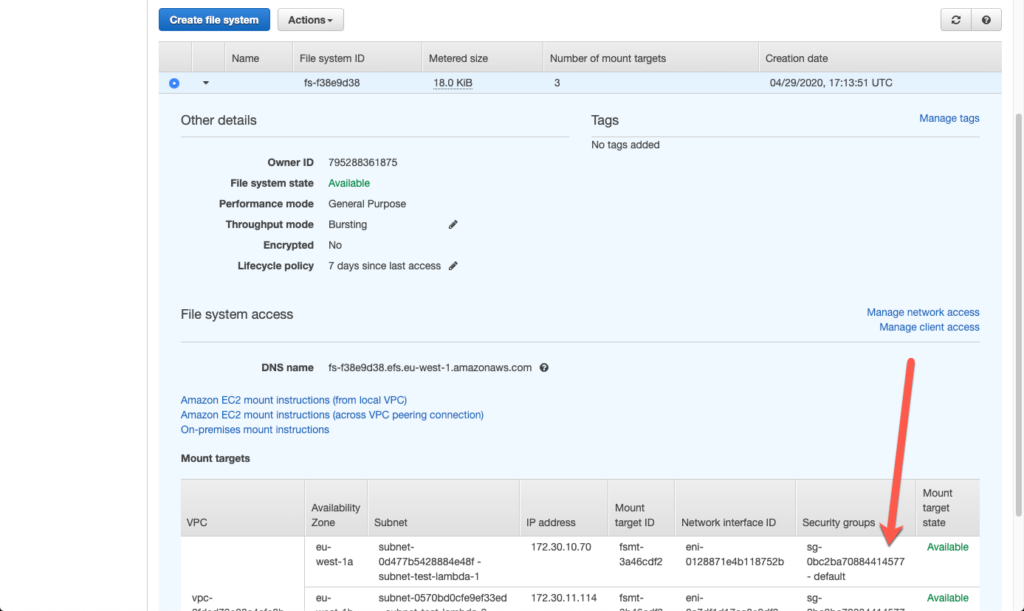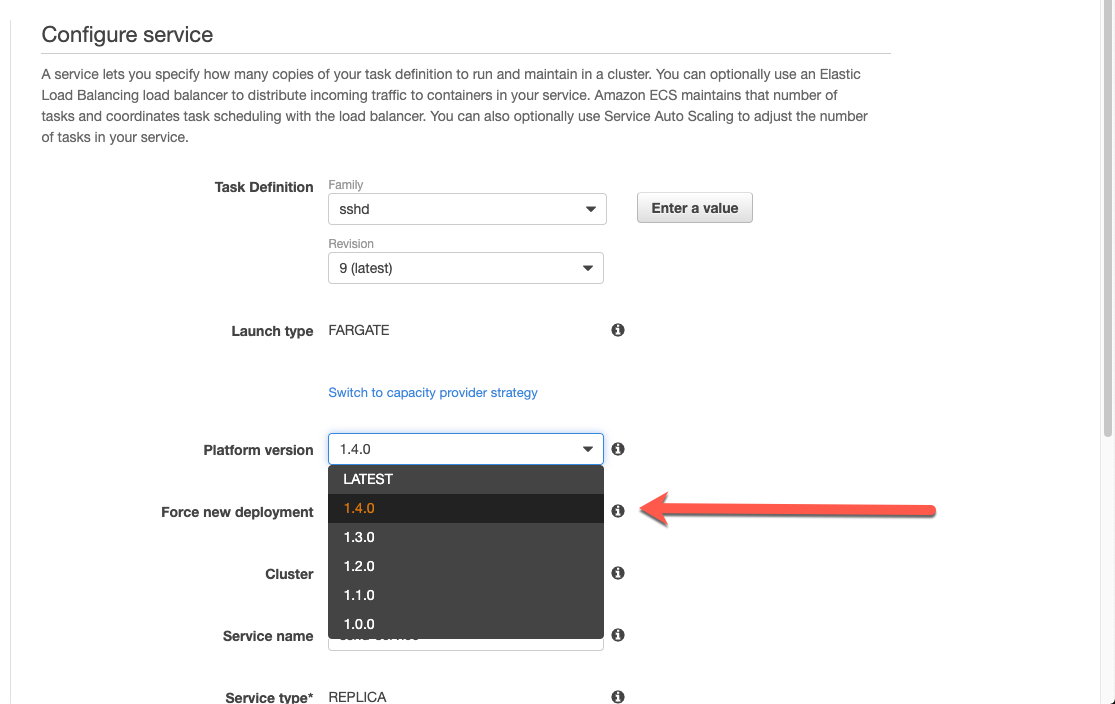Often I search for a file using ripgrep and then open one of the matches in vim. Yesterday I decided to make this process more convenient and went looking for a solution. I found a good one named rg2vim using ripgrep for finding the file and peco for filtering the results but the script published at https://github.com/BurntSushi/ripgrep/issues/304 was for the bash shell.
So here is a fish version which also has the benefit of not opening vim when you ctrl-c out of peco.
function vrg
set EX_CMD (
set FL 0
while read -d : -l fn ln line
if test $FL = "0"
printf "e %s" "$fn"
set FL 1
else
printf "|tabnew %s" "$fn"
end
printf "|silent :%d" "$ln"
end < (rg -n "$argv[1]" | peco --select-1 | psub)
)
if test -n "$EX_CMD"
vim -c "$EX_CMD"
end
end




